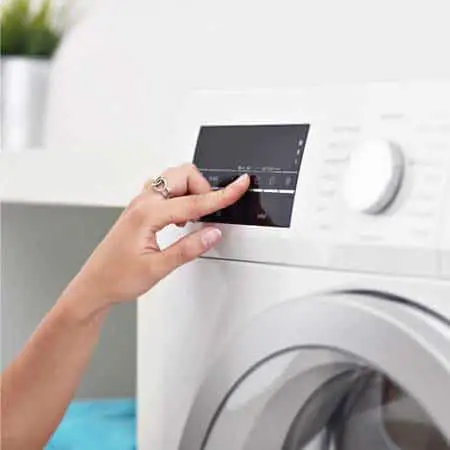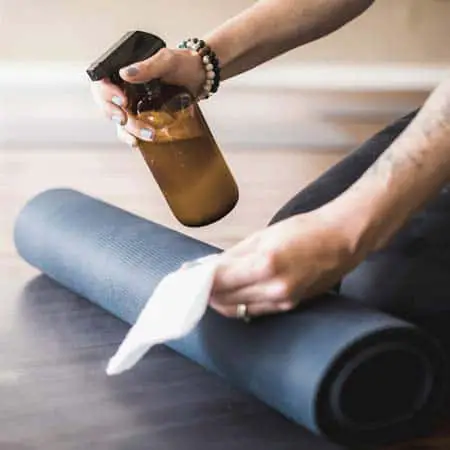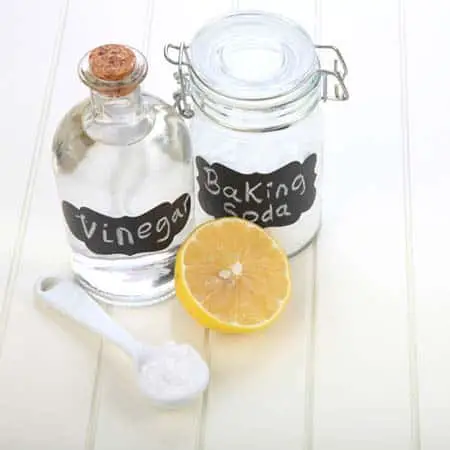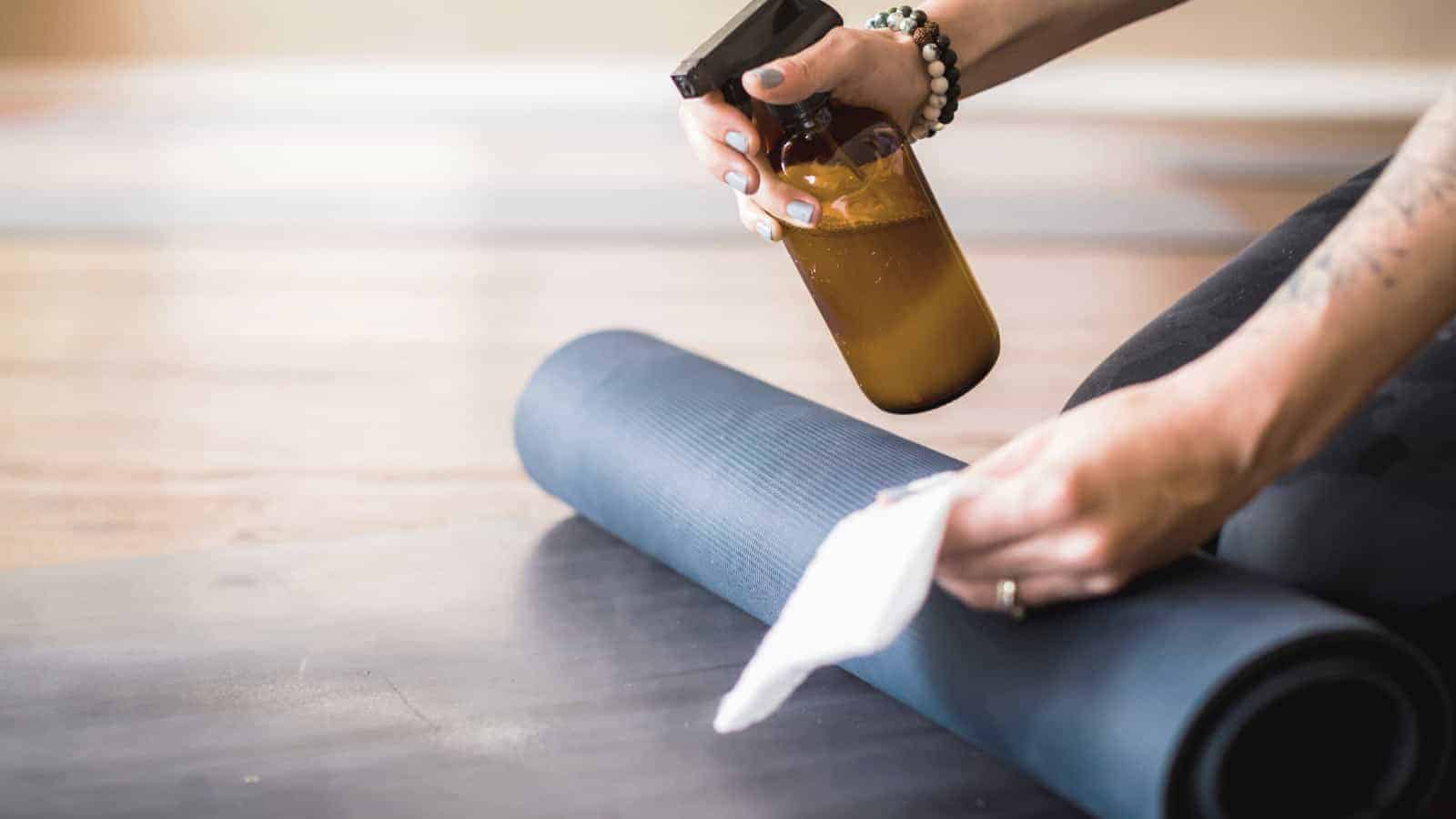Yoga has many meditative and physical benefits, but it can get quickly less beneficial at the thought of practicing on an unclean mat. You will not be able to concentrate on much else if it is dusty, dirty, and smelly. Thankfully, it is relatively simple to take good care of your yoga mat.
To keep your yoga mat clean, simply use a damp piece of cloth to scrub the mat. If your mat is very grimy and dirty, soak it in warm water and a mild soap mixture. Avoid using harsh chemicals and steel wool as it may damage the mat. After scrubbing, rinse the yoga mat in hot water.
Sweaty places are breeding grounds for germs and bacteria, like ringworms, which tend to grow on surfaces full of human sweat like yoga mats. There are a few methods that you can employ to keep your yoga mat clean and odorless and, thus, free from germs.
Use Soapy Water
For a quick clean up where you want to be rid of a few dirty spots:
- Mix a few drops of liquid soap in a hot water cup and mix it in a spray bottle.
- Spritz this over the stained area on the yoga mat and let it rest for a few minutes before taking a wet cloth and cleaning the area.
- If the mat is too dirty to be spot cleaned, take a tub of hot water and pour a cap full of soap and let the yoga mat soak in it. You could also use your bathtub as a place for soaking the mat.
- Once you have washed the mat, you can hang it to dry or lay it flat on a hot, dry surface till it dries off completely on both sides. Some even use the shower rod to hang the mat for drying.
Deep Clean
A stained and smelly yoga mat will need a more thorough cleaning, and simply spritzing it with water and dish soap solution may not suffice. At this point, the mat will need more attention, and you will need to deep clean the mat.
The first step to deep cleaning the yoga mat is to check for any specific instructions from the manufacturer. If there are recommendations about how to wash the mat and what to avoid, follow them when you are deep cleaning the mat. Usually, it is recommended that harsh chemicals and aggressive scrubbers are to be avoided.
In case your yoga mat cannot be soaked or machine washed, then make a solution using one part white vinegar to three parts water. Wipe down the mat with a cloth dabbed in this solution, rinse it clean with a damp cloth, and then let it air dry.
Use a Washing Machine

While most mats are hand washable, some yoga mats are machine washable. When handwashing a mat, use a mild soap and rinse it thoroughly before air drying it. For machine-washable mats, just put them in a cold, gentle cycle. Once they are well-rinsed, air-dry the mat. It is important to remember never to put a yoga mat in the dryer as it will do irreparable damage to the mat this way.
Air drying the mat will help eliminate any residual bacteria and other harmful germs. Also, air drying the mat will not damage the yoga mat the way a dryer may cause. All in all, it is better to let it dry naturally, preferably in a well-ventilated area where there is a free flow of air.
Roll up the mat only after the yoga mat has completely dried off. If you roll it up too soon, while there is still moisture content in the mat, then there is a chance that microbes will grow and increase in the residual moisture.
Keep Your Mat Away From Direct Sunlight
While it is encouraged to air dry the yoga mat, it is important to keep it away from direct sunlight. Direct sunlight may be harmful to the mat as it may damage the mat’s properties (the grip) and cause the mat’s colors to fade.
This is especially the case when your yoga mat is made of rubber. The natural rubber material of the mat gets quickly degraded in direct sunlight. Some yoga mats also come with warnings that discourage the user from putting the mat in direct sunlight due to the damaging effects it can have on the materials. If you have no option but to dry your yoga mat outside, try providing some shade for the mat so that it does not get damaged.
All this is not conducive for the mat as it may lose its grip when you are doing your floor exercises and may even be risky for you if that happens. So, to avoid this, it is better to air dry the mat in a well-ventilated place but does not receive a lot of direct sunlight.
Remove the Odor
All yoga mats release some sort of odor. It does not matter what your yoga mat is made of; it will still release a particular odor, especially if the mat is not of the highest quality. Some new yoga mats also tend to give off a particular smell, which may not be to your liking. Fortunately, these odors can be removed with the help of a few simple tricks.
Removing odor from the mat is easy, and with just a few simple tips and tricks, you can get rid of the odor. You can start by hanging your mat outside for a couple of days. This should effectively help in reducing the amount of smell from the mat. Fresh air will do magic on the mat.
As mentioned earlier in this article, you need to keep the mat out of direct sunlight, but you can hang it in partial shade. Any indirect sunlight that the mat will receive when hung out to dry will act as a natural sanitizer. It will not only help with the mat smelling cleaner and fresher, but it will also disinfect the mat.
In case that does not work, or you are in a region that receives sunlight sparingly, you can create your own odor-busting solution by mixing one-part water with one-part apple cider vinegar. Spritz this over the mat, and the odor should vanish in a while.
Alternately, use mild liquid soap and add in a few drops of organic essential oils. These days essential oils come with antimicrobial properties, which is an added advantage for your mat. Add water to the dish soap and essential oil mixture and then soak the mat and rinse gently. After you have air dried the map, the odor should be gone, and your mat will smell so good.
Avoid Harsh Cleaners

It is a rule of thumb with yoga mats not to use harsh cleaners. Using harsh chemicals and scrubbers will damage the mat. Instead, use gentle cleaners and diluted vinegar for cleaning the mats.
For rubber mats, avoid products that contain essential oils. Always remember to allow the mat to dry before rolling it up and storing it away.
You can also make a homemade yoga mat cleaner. It is quite easy to make, and it is also likely that you already have all the ingredients in your kitchen pantry. All you will need are a spray bottle, distilled white vinegar, dish soap, water, and a washcloth.
Avoid Applying Oil Based Products
Not just for rubber mats, but even for other general mats, it is best to avoid oil-based products. While it is okay to use a few drops of essential oil in a diluted form and then rinsing it off thoroughly, applying products with a heavy oil base will make it prone to slimness, failing to provide the necessary support at the time of using the mat.
Also, using oil-based products will stain the mat, and it will be tough to get rid of these stains later. It will also become a magnet for attracting more dust and grime, making it more difficult to clean. It is also important not to apply any cream at the time of doing the exercise as the oil may seep into the mat, staining it and causing it to get dirty and grimy.
Removing Oil From Your Yoga Mat
One quick way to remove the oil from yoga mat is using baking soda. Baking soda helps remove excess oil from your mat. In addition to that, it also helps in eliminating odors from the mat. Sprinkle some baking soda on the mat, let it sit for half an hour, then simply vacuum it off.
So, if your objective is to not only remove oil from the mat but also to make it smell clean and odorless, then using the above trick will work like magic. Alternatively, you can also use a spray bottle and fill it up to two-thirds of the way with witch-hazel and remain with water. Spray it on the mat to get rid of the odor and without making the mat oily in the process.
How Often Should You Clean Your Yoga Mat?
Nothing is more disappointing during a yoga session to find out that your mat is dirty and giving off a stinky odor. It puts you off course, and you cannot really benefit from the yoga session if you are not mindful or fully present during the practice. Yoga mats provide us with a lot of comforts when we do floor work. In return, we can take care of it by giving it a good clean every time it gets dirty.
A mat that is being used regularly will start accumulating deposits of dirt, oil, and sweat. It is surprising how we have often simply rolled up our mats and carried on with our days without bothering to give as much as a second glance to the mat while germs and bacteria gathered on its surface over time.
Depending on how often you use the mat and your sessions’ intensity, you may wish to space out your cleaning sessions. On average, it is a good practice to give the mat a good clean once every week. But if you sweat a lot or the mat gets dirty due to some spillage, it is important to give it a thorough clean and do so more frequently.
However, be mindful of the instructions that come along with your unique mat. Some mats do not encourage over-cleaning as it tends to wear out the mat much faster. Keep this in mind when you buy a yoga mat.
For a quick clean, wipe down the mat with a damp cloth and let it air dry or spritz the mat after every session if possible. However, cleaning and drying the mat once a week is a good rule of thumb if that is not possible.
Dos and Don’ts When Cleaning a Yoga Mat
When cleaning a yoga mat, there are a few dos and don’ts that you need to be mindful of. Keeping this in your mind will help you increase the longevity of the mat while keeping it clean and fresh at the same time.

These are the list of things you should do when cleaning your yoga mat:
- Always use a natural solution that is adequately diluted in water before using it in the mat. Using any concentrate, no matter how mild the soap may cause unnecessary damage to the mat.
- Occasionally, use a mixture of water and vinegar to disinfect the mat both in one-part each. Tea tree and lemon essential oils also help with disinfecting, but because it is an oil, it needs to be used sparingly and needs to be diluted heavily before using as the oils tends to eat away at your mat.
- When wiping the mat, use less water to dampen the cloth. This is essential to avoid the mat from retaining unnecessary moisture. In case you are rinsing the mat thoroughly, you will have to air dry it, but regularly, using a slightly damp cloth will be enough in keeping the mat clean.
- For a rapid clean, you can use yoga mat wipes to disinfect the mat and keep it clean and fresh.
- Always remember only to roll up the mat once it has completely dried up. If you are using your yoga mat in a yoga studio, you may need to roll it up immediately once the session is over, but try to hang it to dry once you get home. A moisture-laden mat is the breeding ground for microbes and bacteria.
Here is a list of things you should not do when cleaning your yoga mat:
- You should not leave your mat out in the sun outside or at a place where it gets a lot of direct sunlight. While the sun’s UV light is great for drying linen and clothes, leaving a yoga mat out in the sun would cause it to dry up and damage the properties.
- Do not use heavy detergents and harsh chemicals on your mat. This will irreparably damage your mat and reduce the longevity of the mat.
- Dousing it with water and leaving it outside for air drying may not be the best solution for long periods of time. Instead, when you use just a small amount of water, simply leave it to dry for only as long as it needs to be completely rid of the moisture and store it soon after that. Leaving it out for too long may cause the mat to crumble.
- Try your best not to use shared mats in studios and gyms. If possible, carry your own yoga mat to each yoga class. In this case, you might want to look into travel mats or yoga towels. Putting them on the yoga mats in the studios / gyms will create a protective layer.
- Do not neglect your mat and keep it unclean for long periods. The ideal rule of thumb is to clean it at least once a week, but if that is not possible, ensure that you are cleaning your mat every other week.
Conclusion
It is important to keep your yoga mat clean and odor-free. Whether you use it every day or once in a while, cleaning the yoga mat will provide you with a sanitary platform to practice your meditation and stretches. Remember not to be too aggressive with the cleaning. Proper care of the yoga mat will ensure that it looks like new for longer and serves you some additional years.








